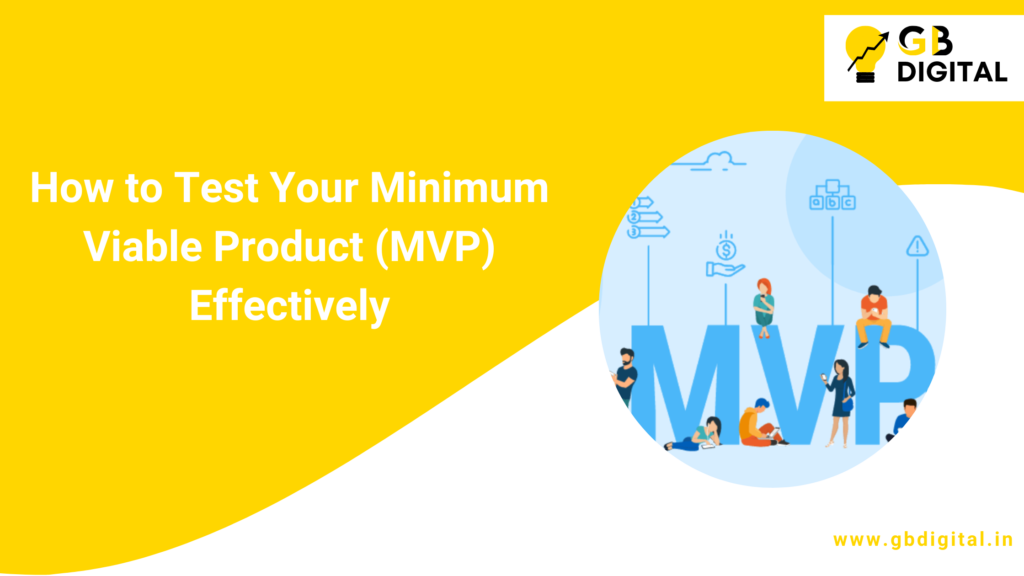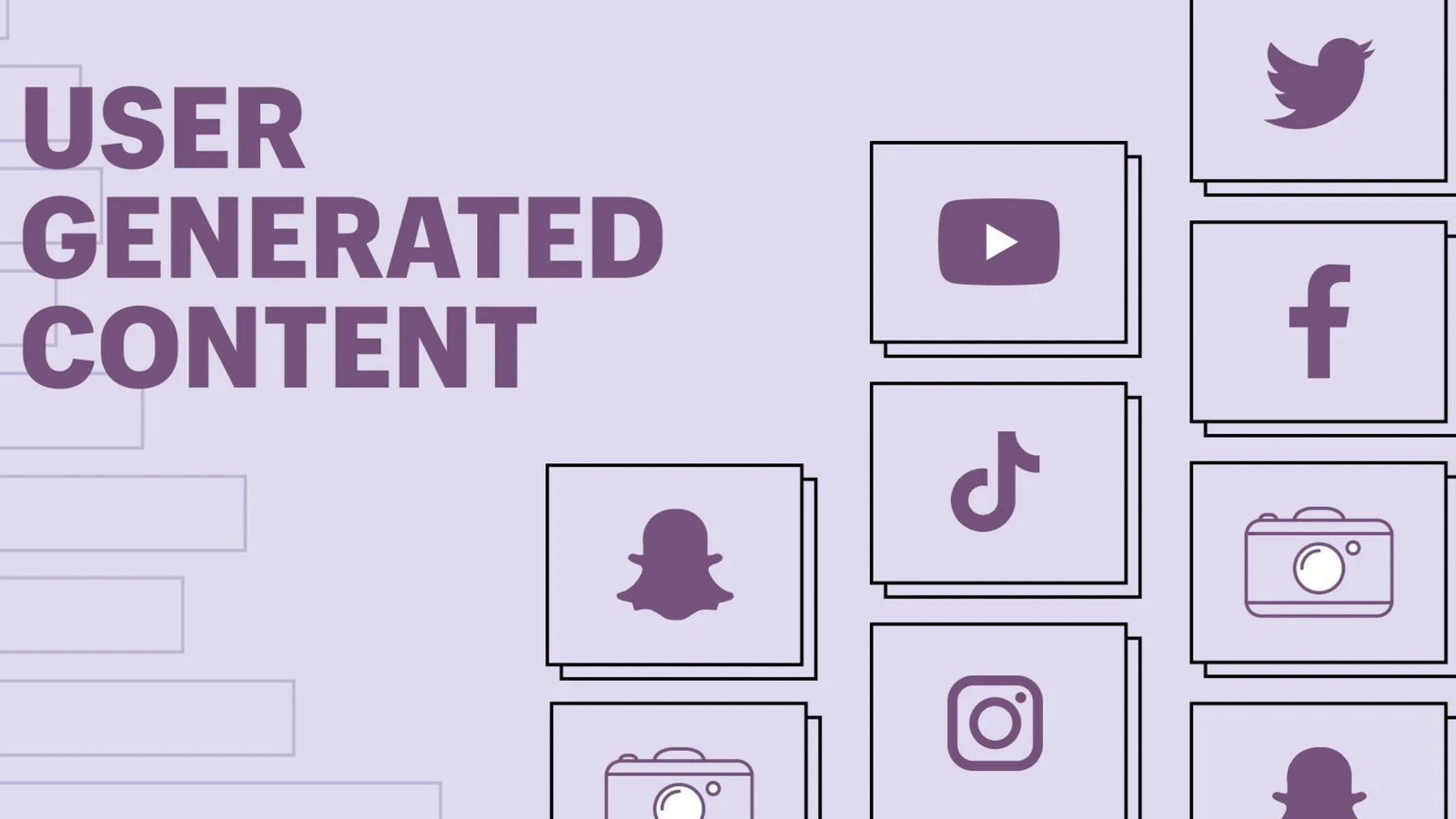Launching a new product involves significant risk, especially when time and money are invested without fully understanding your target market’s needs. A Minimum Viable Product (MVP) helps mitigate this risk by allowing you to validate your concept with minimal effort and cost. However, learning how to test MVP effectively is crucial. Proper testing ensures you gather accurate feedback and valuable data, helping you make informed decisions for further development. This guide explores how to test your MVP, key steps in setting up tests, and strategies to ensure meaningful insights to improve or pivot your product.
1. What is a Minimum Viable Product (MVP)?
Defining an MVP
An MVP is a product with just enough features to satisfy early customers and provide feedback for future product development. It is designed to test the core functionality of your product while minimizing resource investment.

Why Testing an MVP is Important
Testing your MVP allows you to:
- Validate assumptions: Confirm whether your product solves a real problem.
- Reduce risk: Avoid spending too much on a product that may not have market demand.
- Gather feedback: Collect actionable insights from users to improve your product.
Testing ensures that you build a product your target market actually wants, rather than making assumptions based on internal perspectives.
2. Setting Clear Objectives for MVP Testing
Define Success Metrics
Before you test your MVP, establish clear success metrics to measure its performance. These metrics should align with your business goals and the problem your product is solving. Examples of MVP success metrics include:
- User engagement: How frequently users interact with your product.
- Retention rate: The percentage of users who return after initial use.
- Conversion rate: The number of users who perform a desired action, such as signing up or making a purchase.
Having defined success metrics ensures that you can objectively evaluate whether your MVP is on the right track.

Identify Key Hypotheses to Validate
MVP testing is about validating hypotheses around your product’s core functionality and market fit. Before launching, make a list of key hypotheses, such as:
- Does the product solve a real problem for users?
- Are users willing to pay for this solution?
- Is the user experience intuitive and smooth?
Focus your testing efforts on proving or disproving these hypotheses.
3. Choosing the Right Testing Methods
User Interviews and Surveys
One of the most effective ways to gather qualitative feedback is through user interviews and surveys. Early adopters can provide valuable insights into what works and what doesn’t, as well as suggest improvements.
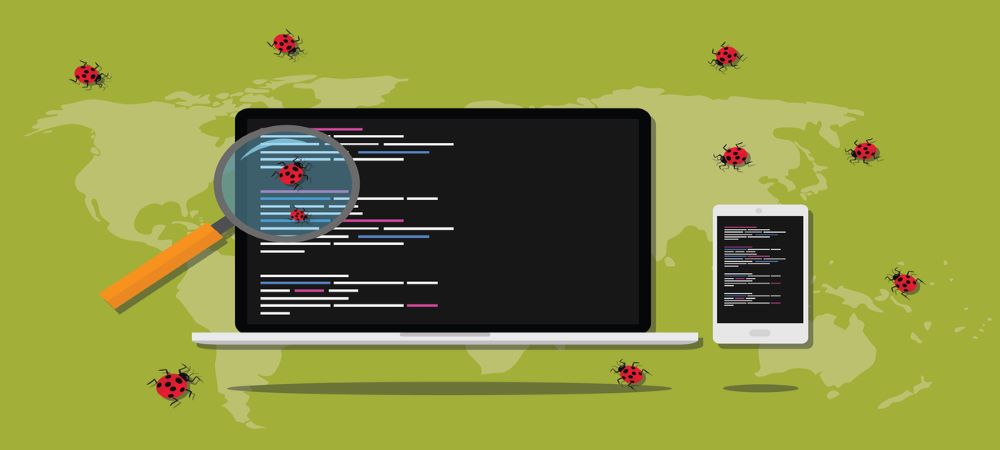
Tips for Conducting Effective Interviews:
- Ask open-ended questions that encourage users to share their thoughts freely.
- Focus on understanding pain points, motivations, and how the product fits into their workflow.
- Follow up with surveys for quantitative feedback on specific features.
A/B Testing
A/B testing allows you to compare two versions of your MVP to see which one performs better in terms of user engagement, retention, or conversion. For example, you could test two different landing page designs to determine which one leads to higher sign-ups.
Benefits of A/B Testing:
- Provides data-driven insights.
- Helps optimize features before full-scale development.
- Allows you to test multiple variations without overhauling the entire product.
Smoke Testing
A smoke test is a method where you create a landing page or ad for your MVP without fully developing the product. The goal is to measure interest by tracking how many users click or sign up.
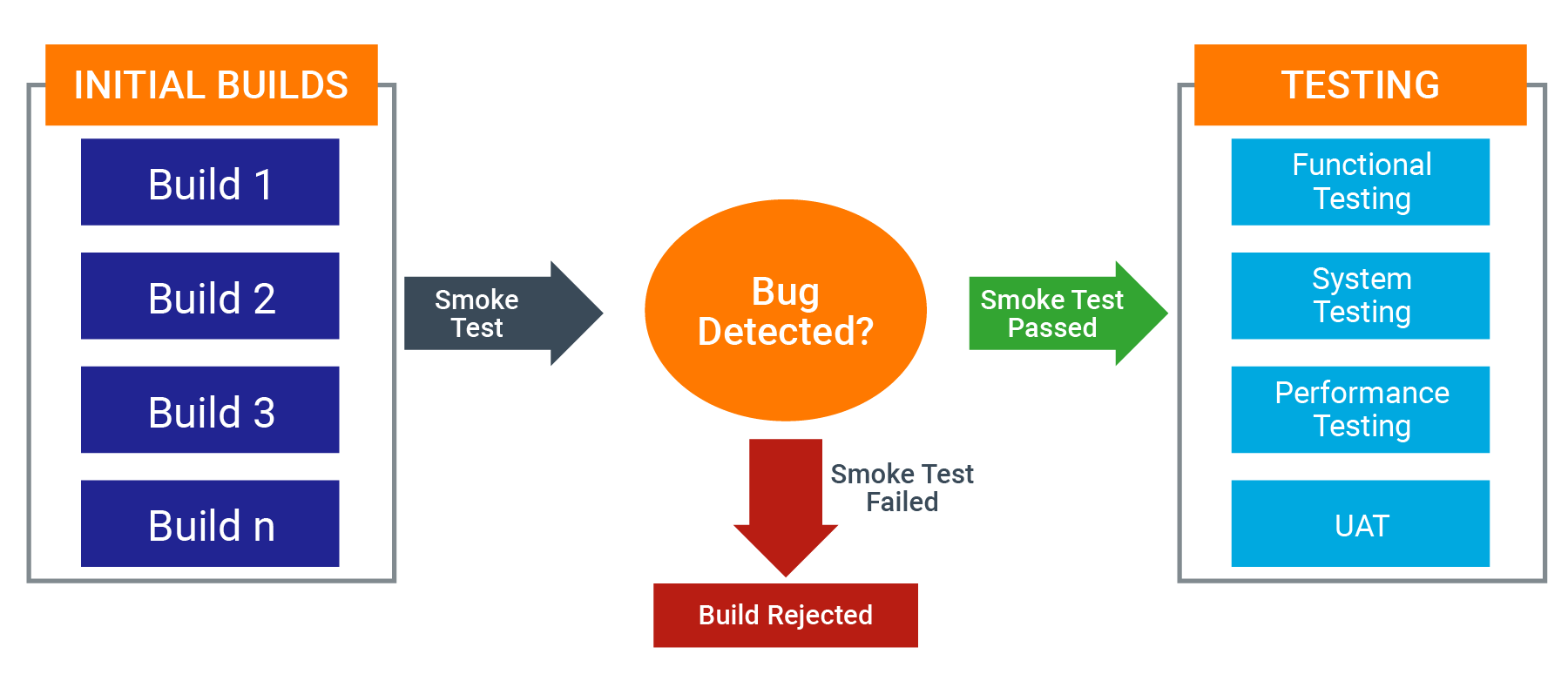
Benefits of Smoke Testing:
- Helps gauge demand before investing in full product development.
- Offers a low-cost way to validate ideas.
For example, you could create a landing page with an explainer video about your product and track how many visitors sign up to learn more.
Concierge Testing
Concierge testing involves manually delivering your product or service to customers without the technology or automation that you plan to implement later. This method helps you understand the user’s journey and pain points without fully building out your product.
Benefits of Concierge Testing:
- Enables close interaction with early users.
- Allows you to understand what features are essential to automate in the future.
- Reduces initial development costs while gathering real-time feedback.
4. Analyzing Results and Making Data-Driven Decisions
Collect and Analyze Data
Once you’ve tested your MVP using the methods outlined, gather both qualitative and quantitative data. Look for trends in user feedback, behavior patterns, and performance metrics. Key areas to analyze include:
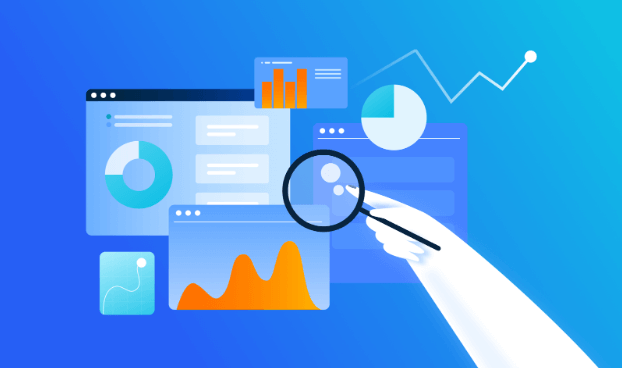
- Feature usage: Which features are being used the most? Are there any features users are not interacting with?
- User feedback: What common themes arise in user interviews or surveys?
- Success metrics: Did the MVP meet the success criteria you set?
Iterating Based on Feedback
Once the data is analyzed, it’s time to make data-driven decisions. This could mean refining the product, adding new features, or removing unnecessary ones. The goal is to improve your MVP based on actual user feedback, not assumptions.

Steps to Take After Analysis:
- Prioritize improvements based on user feedback and market demand.
- Test new iterations with a subset of users before launching widely.
- Continuously gather feedback and adapt your MVP.
5. Expert Insights and Case Studies
Case Study: Dropbox’s MVP Smoke Test
Dropbox, a file-sharing platform, used a smoke test to validate demand before building the full product. The company created an explainer video demonstrating the product’s concept and collected email addresses from interested users. This simple test validated the market need for Dropbox, helping them secure funding and proceed with full development.
6. Future Outlook: Emerging Trends in MVP Testing
The Role of AI in MVP Testing
As AI technology continues to evolve, startups can leverage AI tools to test their MVPs more effectively. AI can be used to gather real-time insights into user behavior, optimize user interfaces, and provide predictive analytics on future customer actions. AI-driven A/B testing, for example, allows for faster, more precise results.
Increasing Focus on Ethical Testing
As startups continue to test their MVPs, ethical considerations around user privacy and consent are becoming more important. It’s crucial to conduct MVP tests transparently, ensuring that users are aware of the testing process and that their data is handled securely.
Conclusion
Testing your MVP effectively is crucial to building a product that meets real market needs. By setting clear objectives, choosing the right testing methods, and analyzing results, you can refine your product before fully launching it. Continuous iteration based on user feedback is key to avoiding costly mistakes and maximizing your chances of success.
Remember, the goal of an MVP is not just to build a product quickly but to learn as much as possible about your users and their needs. By focusing on testing and validation, you can create a product that solves real problems and stands out in the market.
FAQs
Q1. What is an MVP in product development?
An MVP, or Minimum Viable Product, is a version of your product with just enough features to test its core concept with early users.
Q2. Why is MVP testing important?
Testing your MVP helps validate your assumptions, reduce risk, and gather feedback for future development.
Q3. What are some common MVP testing methods?
Common methods include user interviews, A/B testing, smoke tests, and concierge testing.
Q4. How do you measure MVP success?
Define success metrics such as user engagement, retention rates, and conversion rates to measure MVP performance.
Q5. What should I do after collecting feedback from my MVP test?
Analyze the data, prioritize improvements, and iterate on your product to better meet market demands.

